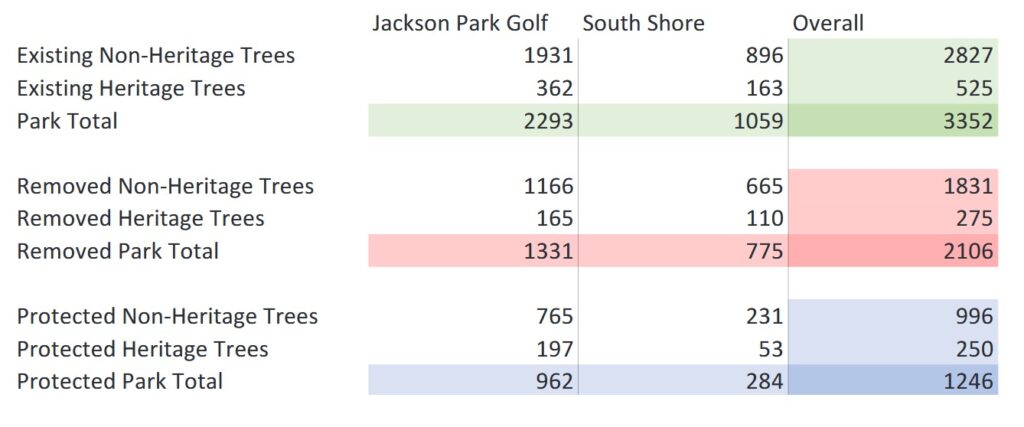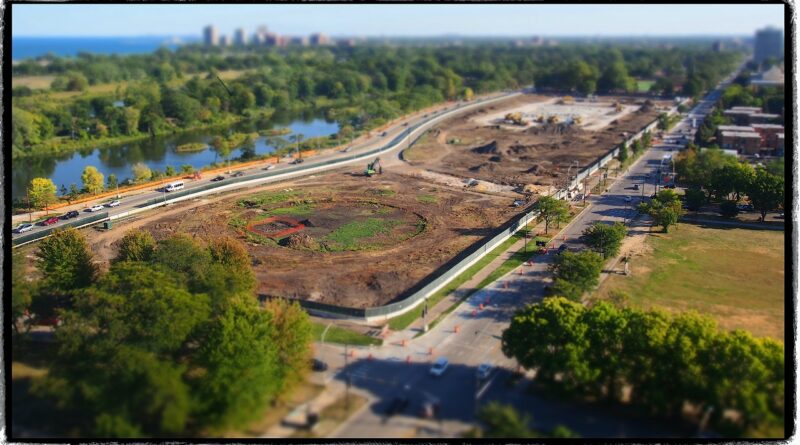Doug Tallamy on Fighting to Save Trees and Natural Areas
Podcast: Play in new window | Download (Duration: 1:57:07 — 56.3MB)
Subscribe: Apple Podcasts | Spotify | Android | iHeartRadio | Podchaser | Email | TuneIn | RSS | More
(April 10, 2022) What can I say? This will be a great show. We start with entomologist, ecologist and author Doug Tallamy. He joined us just a little more than two months ago. But he’s a generous guy. And he loves to talk about nature. So he’s back today. We’ll continue our conversation about how to save our natural areas and our native species. Then we move to a local discussion about the effort to save trees in Chicago’s Jackson Park.
When you use the word “nature,” it’s hard not to think of Tallamy. He is former chair of the Department of Entomology and Wildlife Ecology at the University of Delaware. His books include Bringing Nature Home, Nature’s Best Hope, and The Nature of Oaks. See what I mean? BTW, he also co-authored The Living Landscape with Rick Darke. And he co-founded Homegrown National Park, which is an attempt to “regenerate biodiversity and ecosystem function by planting native plants and creating new ecological networks.
Similarly, Tallamy comments on that wild places in a recent article for Natural Awakenings Chicago Magazine. (Full disclosure: co-host Peggy Malecki is publisher.)
A wild place could be a 15-minute drive from home where we can walk among plants in a meadow, or a tree-lined street, or front and back yard, if landscaped with wild creatures in mind.
Although it’s important to save trees and recreate nature, it must be done smartly. This New York Times story about planting trees illustrates the danger of misguided “nature restoration.” And we need to protect our pollinators. Unfortunately, even our own EPA is sometimes a bad actor. More here. And here.
So, there are number of ways today’s conversation with Doug Tallamy can go. We might revisit Bell Bowl Prairie, too. Tune in.
Saving Jackson Park
Meanwhile, there is a need to save trees on Chicago’s south side. We have reported on the Obama Presidential Center for several years. Whether or not it would fight back court challenges was rendered moot by a recent court decision. But there was always a concern about how many trees would be lost. We now have our answer. A lot. The Obama Foundation commissioned Bartlett Trees Experts (our major sponsor) to do a tree survey before work began. It was thorough and impressive. And ultimately, it meant nothing. Construction workers wiped the area clean. And despite assurances that the Women’s Garden in Jackson Park would be saved, it wasn’t.

Now, another danger lurks. Tiger Woods wants his design firm to combine Jackson Park and South Shore golf courses. TGR Design would create a PGA-calibre course on the footprint of the two existing courses. And that would take out more trees. The graphic above details the carnage. Additionally, the South Shore Nature Sanctuary would be obliterated. Friend of the show Judy Pollock from Chicago Audubon Society explains how you can take action to change that fate.

Other local groups also want the tree cutting to stop. Jeannette Hoyt started Save Jackson Park in an effort to press for accountability and transparency. Recently, she sent a Freedom of Information Act (FOIA) request to the Chicago Park District. It responded by sending a couple of pages from a document labeled as a “draft.” But even in the draft proposal, the numbers make you gasp. We will show more on today’s show. Meanwhile, look at the chart on the right. That came from the Park District FOIA request.
Where we go from here
The Bartlett survey estimated that the trees in their survey would
- store 203.8 tons of carbon,
- sequester 5.8 tons of carbon per year
- remove 341.5 pounds of air pollution per year
- have an air pollution removal value of $946 per year
- have an avoided runoff amount of 9,591 cubic feet per year, and an avoided runoff value of $641 per year
Of course, those trees are gone. To put some perspective on this, we welcome David J. Nowak (no relation), Emeritus Senior Scientist with the USDA Forest Service, Northern Research Station in Syracuse, NY. He will talk about the value of trees in an urban area. Jeannette Hoyt from Save Jackson Park will tell us about her successful effort to put an advisory referendum to save trees on the June 23, 2022 Chicago Primary ballot. Residents of Precinct 5, 14, 19, 34 or 35 in the 5th Ward will be asked,
“Shall the City of Chicago and the Chicago Park District stop cutting down trees in Jackson Park and preserve the trees in South Shore Cultural Center Park?”
Good question. How would you answer?

